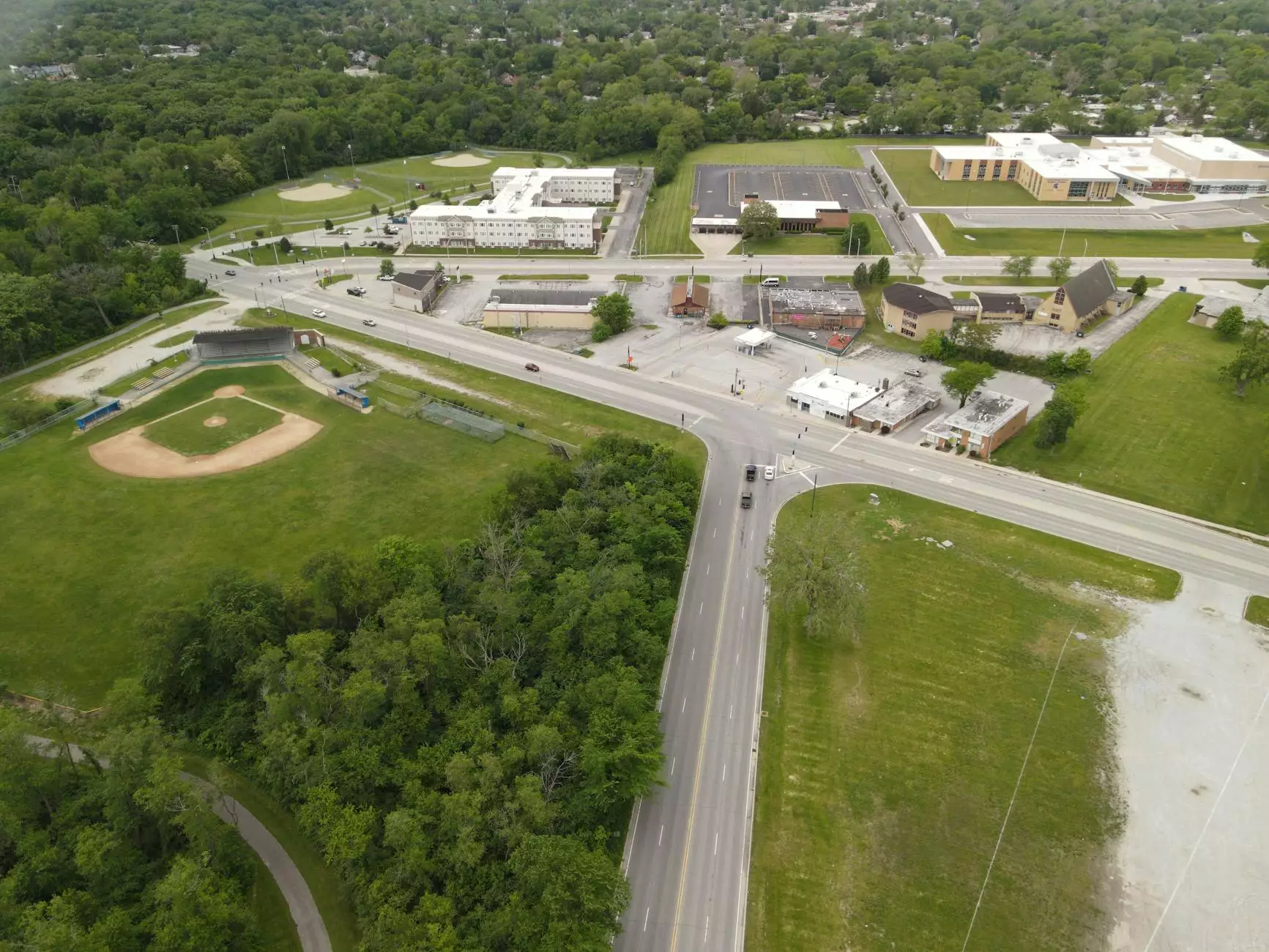Lung Cancer Screening: Understanding the Importance and Process

Lung cancer remains one of the most prevalent and deadly forms of cancer worldwide. In recent years, lung cancer screening has emerged as a critical tool in combating this disease. This comprehensive article will delve into the intricacies of lung cancer screening, its benefits, the different types of screening available, and how it fits into the broader context of health and medical care. Our goal is to equip readers with vital information that can aid in better health decisions and outcomes.
The Importance of Lung Cancer Screening
Lung cancer often presents with minimal symptoms until it has reached advanced stages, making early detection paramount. Screening for lung cancer can significantly improve survival rates, especially for high-risk individuals. Here are several reasons highlighting the importance of lung cancer screening:
- Early Detection: Detecting lung cancer in its initial stages can lead to more effective treatment options.
- Reduced Mortality Rates: Studies show that screening can reduce lung cancer mortality by up to 20% among high-risk populations.
- Targeting High-Risk Groups: Identifying individuals at higher risk allows tailored screening programs that can save lives.
Who Should Consider Lung Cancer Screening?
The guidelines for lung cancer screening recommend that certain groups undergo routine screening. Generally, the following criteria apply:
- Age between 50 and 80 years.
- A history of heavy smoking (typically defined as a 20 pack-year smoking history).
- Current smokers or individuals who have quit smoking within the last 15 years.
- No history of lung cancer or certain other major health issues that would preclude screening.
Types of Lung Cancer Screening
The primary method for lung cancer screening is through imaging techniques. The two most common approaches are:
1. Low-Dose Computed Tomography (LDCT)
LDCT is currently the gold standard for lung cancer screening. This advanced imaging technique uses minimal radiation to create detailed images of the lungs, allowing for the detection of small nodules that could indicate early-stage cancer. Regular screenings typically occur annually for those who qualify, allowing for ongoing monitoring of lung health.
2. Chest X-rays
While traditional chest X-rays have been used in the past for lung cancer screening, they are no longer recommended as a primary screening tool due to their lower sensitivity in detecting early lung cancers compared to LDCT.
The Screening Process
Understanding the screening process is crucial for those considering lung cancer screening. Here’s what typically occurs during a screening visit:
1. Initial Consultation
Patients will first meet with a healthcare provider to discuss their medical history, risk factors, and the reasons for screening. This includes a review of smoking history, exposure to any carcinogens, and family history of lung cancer.
2. Imaging Appointment
The actual screening is a simple procedure that lasts only a few minutes. Patients lie down and remain still while the LDCT scanner compiles images of the lungs. There is no need for contrast dye, and patients can return to their normal activities immediately after.
3. Follow-Up Results
Results are typically communicated within a week. If nodules or any abnormalities are detected, the healthcare provider will outline appropriate follow-up steps, which may include additional imaging or biopsies.
Benefits of Lung Cancer Screening
Undergoing lung cancer screening provides several benefits that go beyond early detection of cancer. These include:
1. Peace of Mind
For many individuals, knowing their lung health status can ease anxiety and provide clarity regarding their health.
2. Monitoring for Other Conditions
The screening process may also reveal other potentially serious health problems unrelated to cancer, enabling early intervention.
3. Contribution to Medical Research
Participating in screening programs often contributes valuable data to ongoing research aimed at improving lung cancer outcomes globally.
Barriers to Lung Cancer Screening
Despite its benefits, several barriers may prevent individuals from undergoing lung cancer screening:
- Access to Healthcare: Individuals in rural or underserved areas may lack access to screening facilities.
- Cost and Insurance Coverage: Concerns about the cost of screening and whether insurance will cover it can deter patients.
- Lack of Awareness: Many individuals may not be aware of their eligibility or the importance of screening.
Conclusion
In summary, lung cancer screening is a crucial component of preventive healthcare for individuals at high risk of lung cancer. The advantages of early detection and the potential to save lives cannot be overstated. Through increased awareness and accessibility to screening programs, we can work towards reducing lung cancer mortality rates and improving outcomes for at-risk populations.
By prioritizing lung health and advocating for regular screenings, you are taking proactive steps toward ensuring better overall health and wellness. Whether you are a healthcare provider or an individual considering screening, staying informed and engaged is essential for making the best health decisions.
Call to Action
If you or a loved one meet the criteria for lung cancer screening, don't hesitate to consult your healthcare provider. Knowledge is power, and taking initiative can lead to better health outcomes. To find out more about lung cancer screening and how it fits within the broader scope of health and medical care, visit Hello Physio today.









